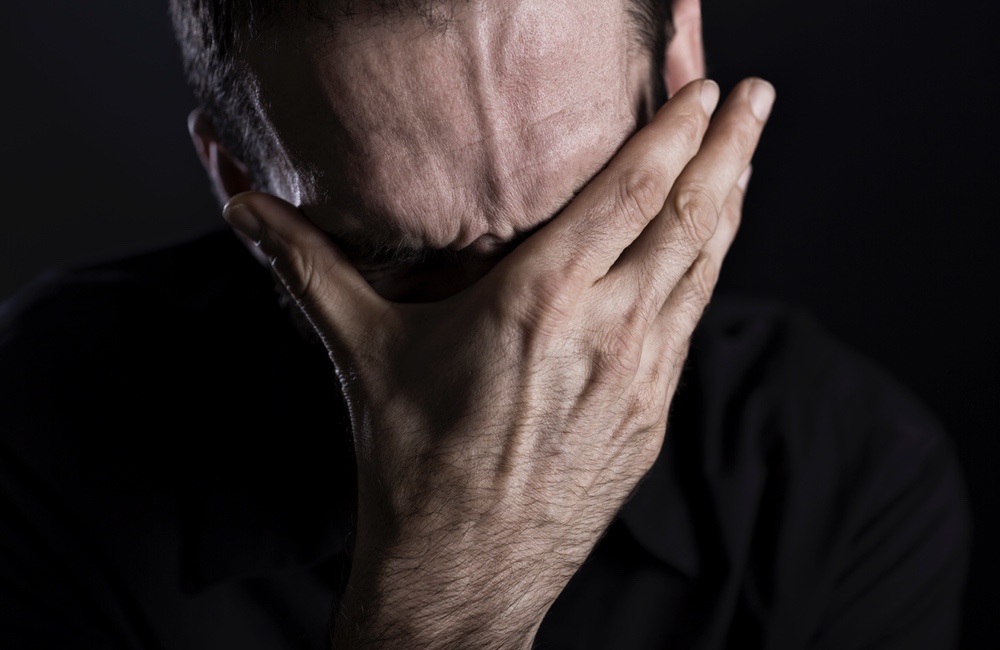Depression is estimated to affect one in every 10 Americans and, sadly, the rates are rising. Psychological and behavioral therapies, as well as antidepressant medications, are the usual treatments, but they don’t always work. And when it comes to drugs, there can be unwanted side effects such as agitation, low sex drive and headaches, among other issues.
But now there’s hope for a new kind of treatment that’s safer and more effective. Nitrous oxide, the same anesthetic used in dental offices and commonly known as “laughing gas.” A single session of nitrous oxide inhalation can relieve depressive symptoms that were otherwise treatment-resistant, according to a study just published in the journal, Science Translational Medicine.
This isn’t the first time that laughing gas has been studied as a treatment for depression. In an earlier study, the same team had tested its effects on 20 patients offering them a one-hour session of inhalation therapy that contained 50 percent nitrous oxide gas. But there was a Catch-22. Although the treatment worked and led to rapid improvement in depressive symptoms, several patients experienced negative side effects including nausea, vomiting and headaches.Not only did the lower amount of laughing gas work without the negative effects, but it helped patients whose depression had not been relieved by other methods.
The new study was also relatively small, involving only 24 patients between the ages of 18 and 75 who were suffering with treatment-resistant depression. Participants were offered three sessions spread across three months. In one session, patients breathed gas for an hour that was half nitrous oxide, half oxygen. In a second treatment, the same patients breathed a solution that was 25 percent nitrous oxide. A third treatment involved only a placebo.
The results? Nitrous oxide — both at 25 percent and in a 50-50 mixture — improved depressive symptoms in 17 participants. While the 50 percent dosage had greater antidepressant effects two weeks after the treatment, the 25 percent dose had fewer side effects, particularly the most common one of nausea.
Not only did the lower amount work without the negative effects, but it helped patients whose depression had not been relieved by other methods.
“These ‘treatment-resistant depression’ patients often suffer for years, even decades, with life-debilitating depression. We don’t really know why standard treatments don’t work for them, though we suspect that they may have different brain network disruption than non-resistant depressed patients,” Charles Conway, professor of psychiatry and director of the Treatment Resistant Depression and Neurostimulation Clinic at Washington University School of Medicine and the study’s co-author, said in a statement. “Identifying novel treatments, such as nitrous oxide, that target alternative pathways is critical to treating these individuals.”





